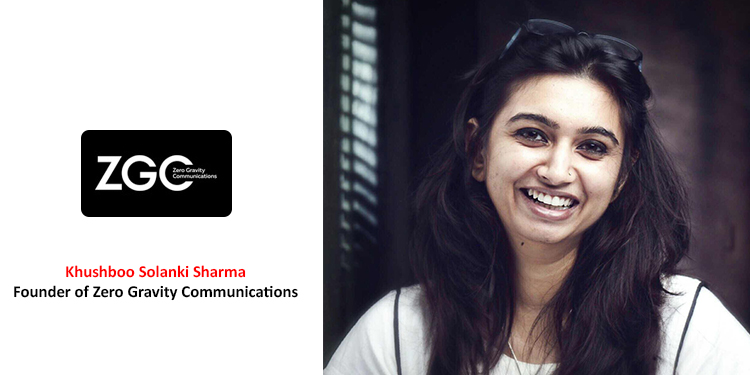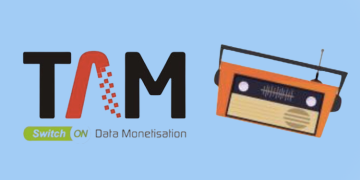Recently, a renowned brand approached our company with a request for a quote for their media buying plan. Their stress on fee and pressure to excel against our competitors made me ponder if the media buying just about this, numbers? Or Who gets the cheapest with maximum deliverables?
The COVID-19 crisis has renewed its focus on digital technologies. Every brand is utilizing the opportunity to widen digital footprints. However, hastily jumping on this bandwagon without due consideration can lead to a potential dent in the image of a brand.
Let’s dig deeper and decode media buying. One should start by asking the following basic questions.
1. What is the objective of the campaign?
Don’t’ list the media and platforms or the strategy for media planning without defining its goals and objectives.
Branding?
Sales?
Brand Expansion and Awareness?
Product Launch?
Unless the clear objective is set, selecting platforms or a way forward will be futile.
2. Select platforms based on product and category
One might want to take a cue from the XYZ brand for its fab campaign on Instagram or might be tempted to use OTT platforms owing to its popularity.
Should the overall budget be allocated towards multiple platforms or select few media platforms is a common dilemma that every brand faces.
There isn’t one answer to this question. It requires considerable brainstorming during the planning phase.
Let the brand and marketing team along with your consultancy to work on the pros and cons of each platform. Understand consumer behaviour and consumption of content on each of these platforms. These considerations coupled with the objective of the campaign should be the parameter to decide what platform works best for your brand.
It is equally important to understand that OTT isn’t a replacement for TV. Viewership profile understanding of each platform whether it is OTT, Social, Mobile, New, Gaming needs to be in-depth.
3. Define the universe of your target audience platform wise
Once you have chosen a particular platform, determine your target audience on that platform.
Create your target audience universe that implies the audience that is likely to resonate with your brand.
Here comes an interesting question: What % of this universe should you aim to reach and how many times?
Let the expert give you multiple routes and options based on experience and expertise. Unless you get the questions right, however correct answers you get, it won’t be relevant.
4. There is no infinite Budget
Now comes the money talk.
What is the budget decided as part of the product planning?
Should you spend it all at one go or work on a drip campaign?
Concentrated bang campaign with spill-over over to quarter?
All of these are to be answered before determining the overall budget and the timeline of the campaign.
Startups and small enterprises should be prudent in planning their budgets a manner to not exhaust it at -one- go unlike brands with good reach and customer base.
Hence every brand requires customized solutions rather than a one-size-fits-all approach.
What should be our budget?
This is the most difficult question to be answered by brands.
An ideal budget can be derived based on the objective and goal of the campaign and reset should be worked around by maximizing budget on respective platforms.
5. Content is the king
While doing it always remember “Content is King ! “.
Each rupee spent on a campaign on any media chosen will only be impactful only if the CONTENT engages your audience.
Consider these questions in your content strategy.
Are skippable advertisements communicating the essence of your brand communication in 5 seconds?
Will the Instagram stories with square format content be appropriate for my brand?
Is the digital campaign the same as what you ran on TV?
Did the creative team consider digital advertisement formats for the brand?
Are your characters looking at the camera just because Youtube says advertisements with characters looking at the camera engage the viewer more than others?
It is important to understand that merely spending to buy a view, reach or impression doesn’t make a paid advertisement doesn’t grab attention and the viewer simply waits for the skip button to appear.
6. Learn from History.
Last but not least, measure gauge the impact of your first and the rest of the media campaign through not only statistics but also through comments, feedback and overall impact.
Ask the following questions
Whether Amazon sales go up during the campaign or not? Did overall followers on different social media change?
Which regions did well and which didn’t? – discuss why.
Did the content click with the audience?
Take each campaign as learning to incrementally improve on next.
Authored by Khushboo Solanki Sharma, Founder of Zero Gravity Communications.
















